.
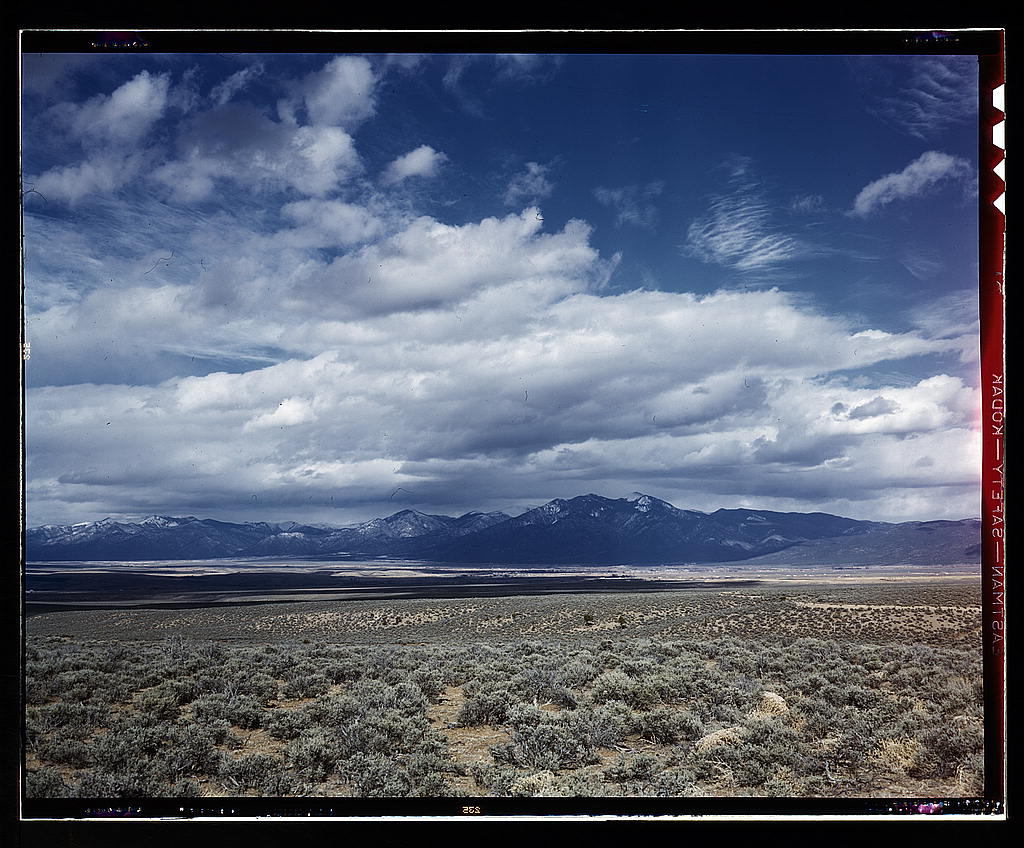
Mountains in northern New Mexico
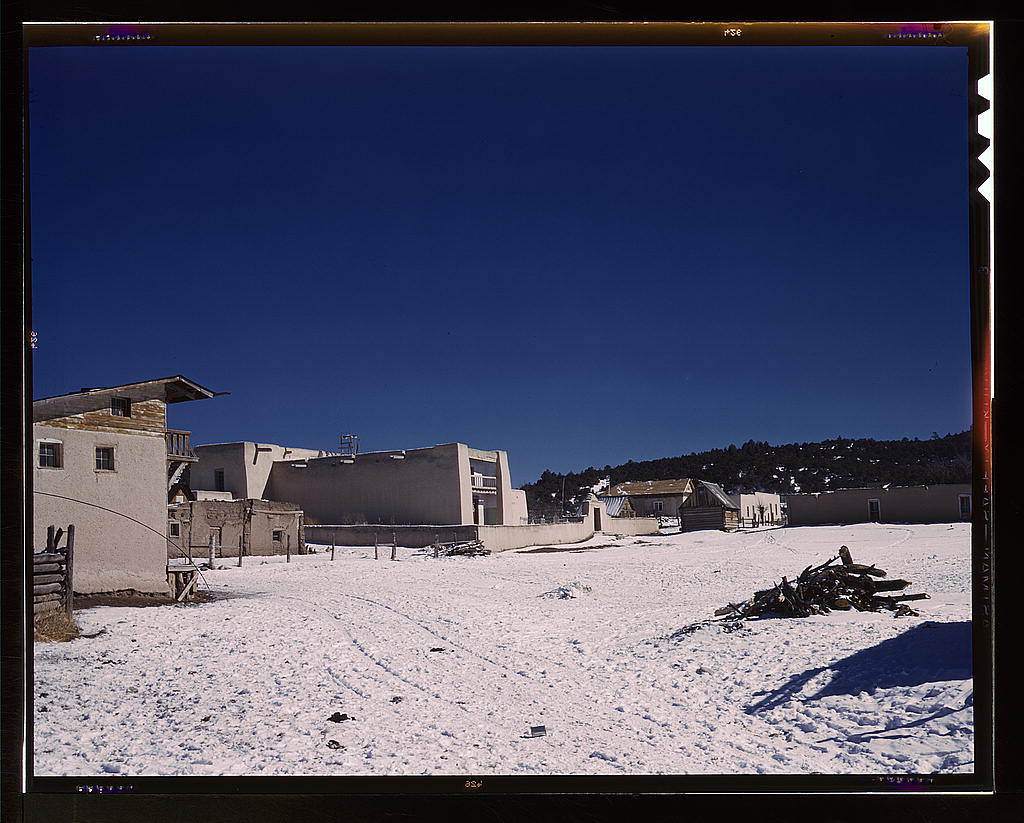
View of the church, Trampas, Taos County, New Mexico

Trampas, Taos County, New Mexico. A Spanish-American village in the foothills of the Sangre de Cristo Mountains, Trampas dates back to 1700 as a sheep-raising center. Due to the over-grazing and loss of range title, its inhabitants now work as migratory labor and at subsistence farming
View of the church, Trampas, Taos County, New Mexico

The main altar in the church, Trampas, Taos County, New Mexico. There are paintings on the wall behind the altar
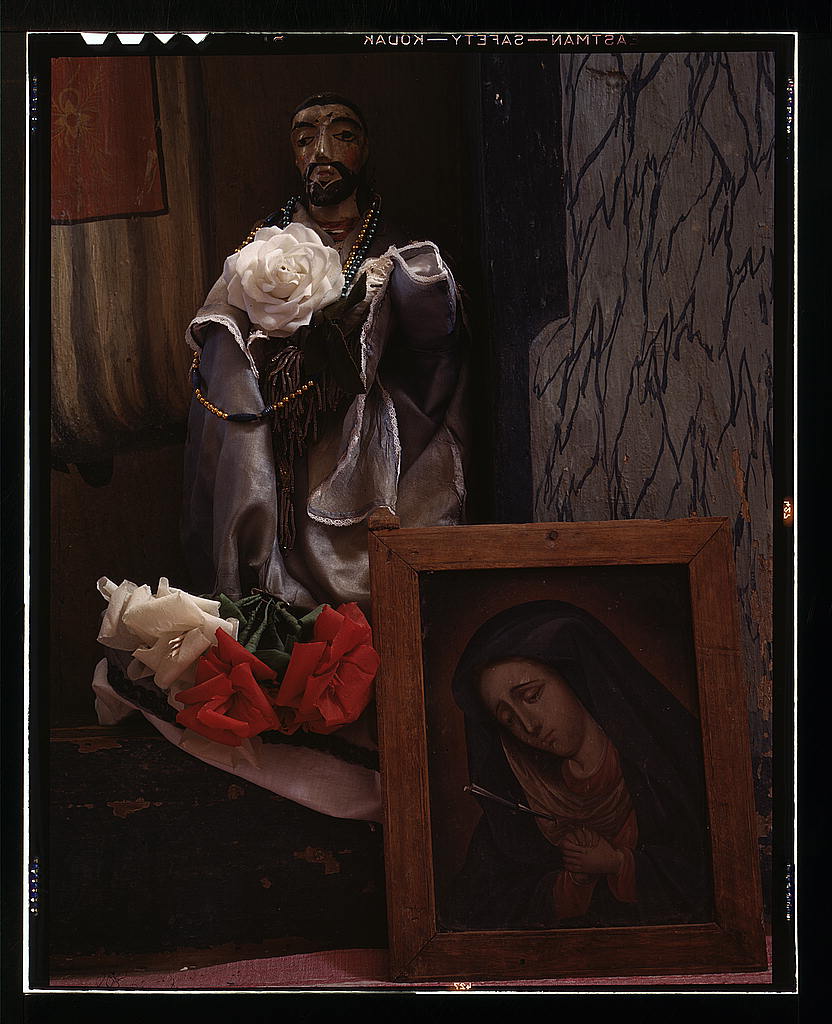
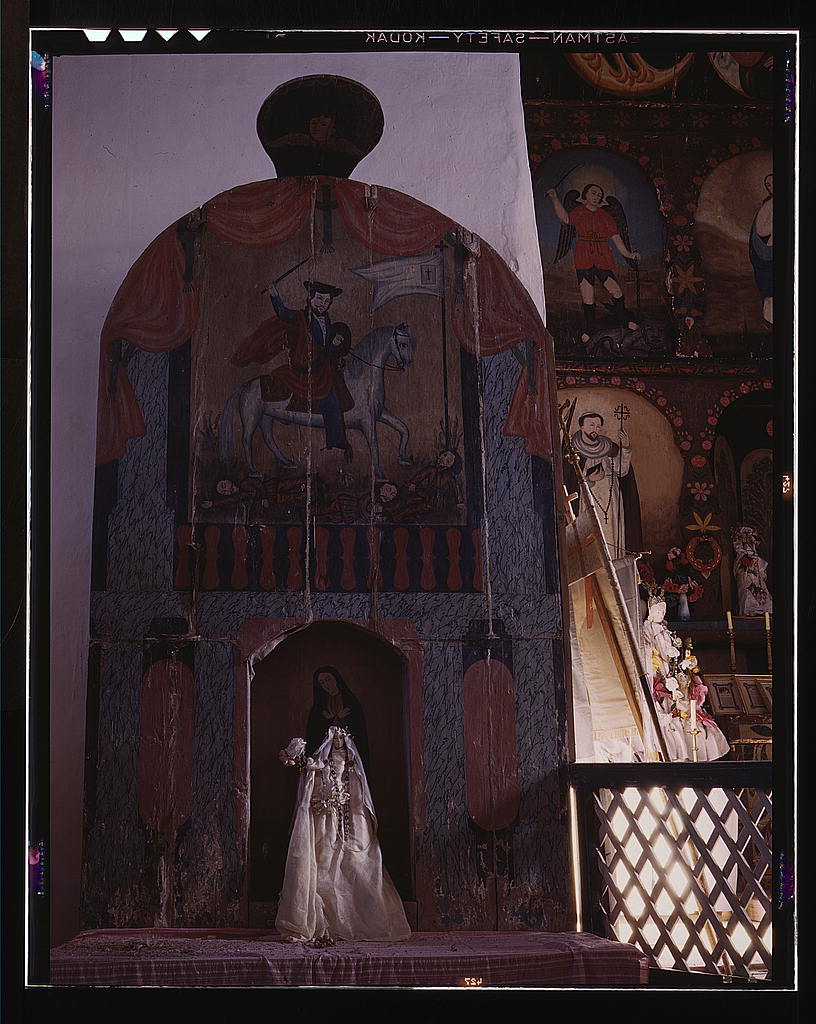
Side altar in the church, dedicated to the Virgin and to Santiago Matamoro. Trampas, New Mexico

Plaza of Trampas, Taos County, New Mexico
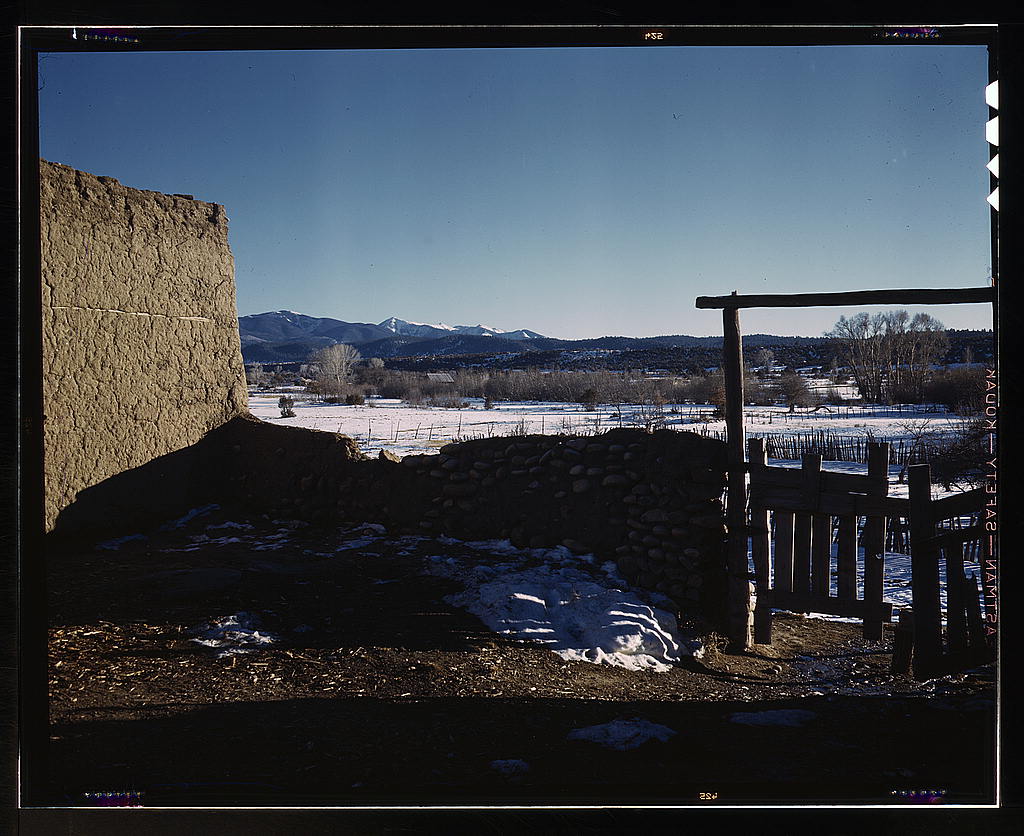
Trampas, Taos County, New Mexico
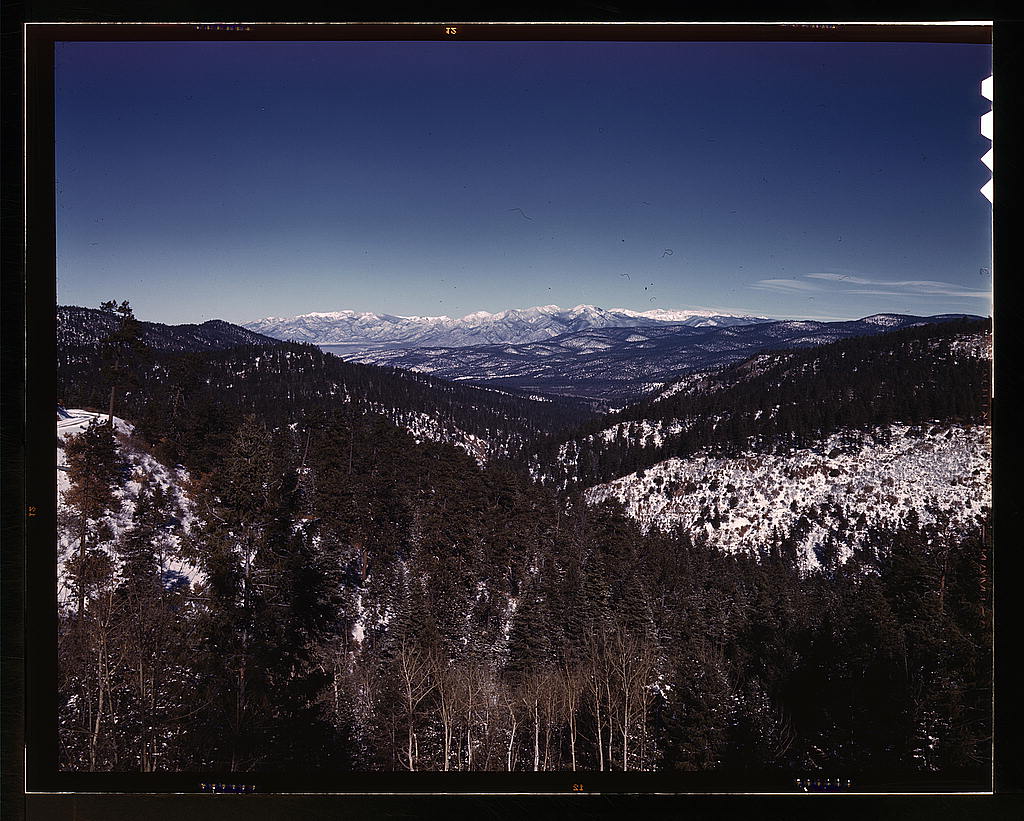
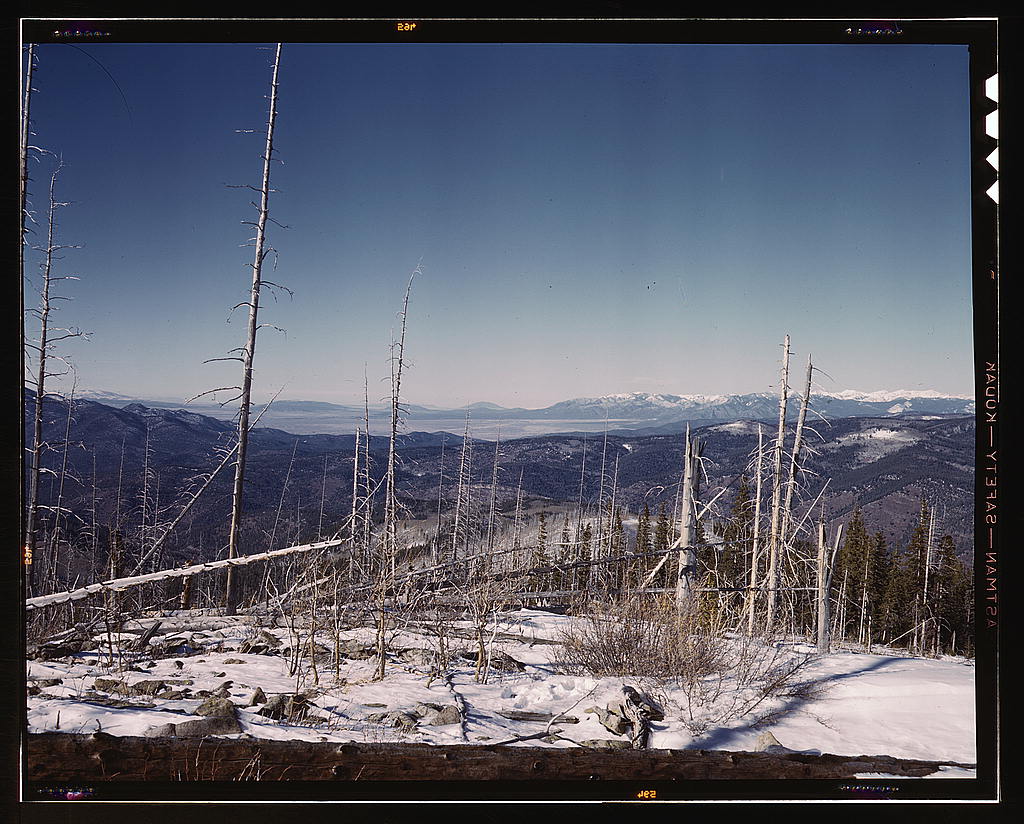
Looking north from the Sangre de Cristo Mountains above Penasco, New Mexico
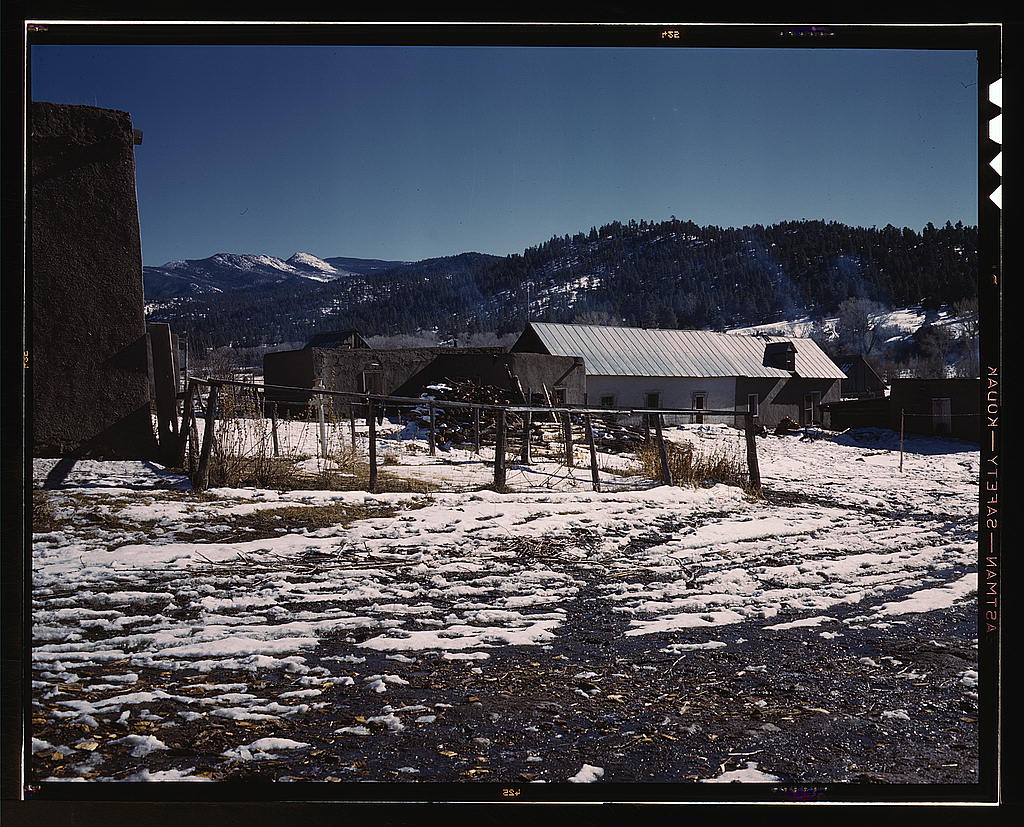
Village of Placita, near Penasco, Taos County, New Mexico

Placita, near Penasco, Taos County, New Mexico
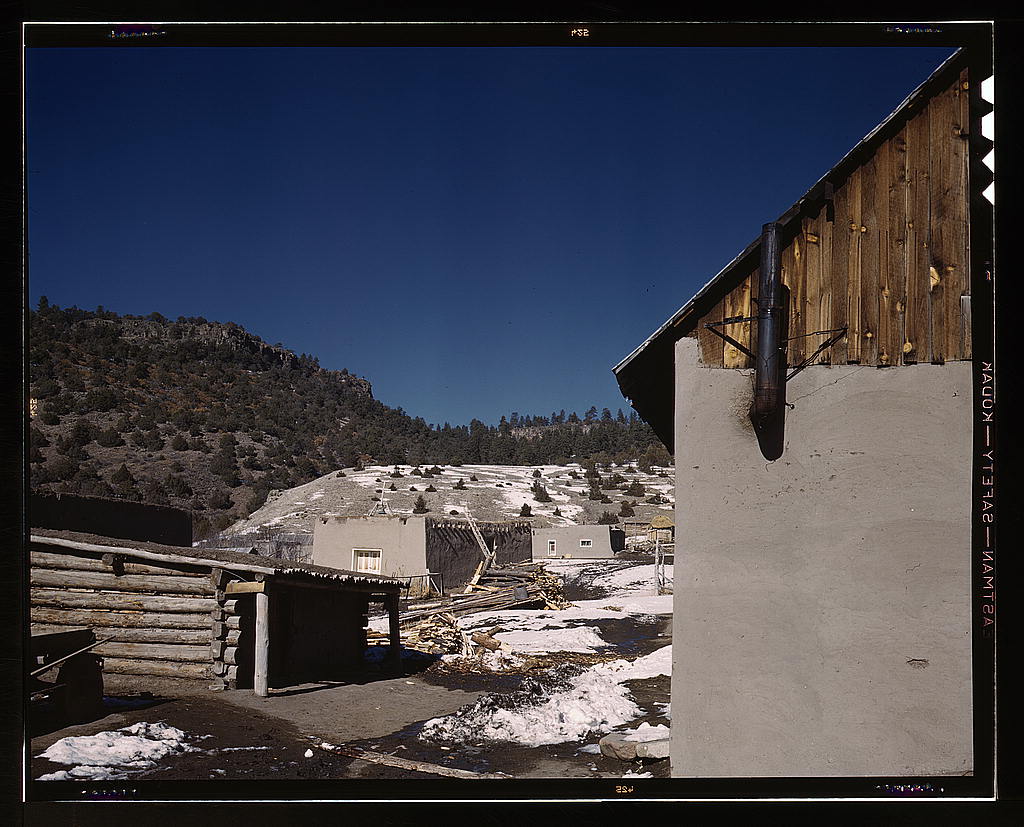
Placita, near Penasco, Taos County, New Mexico
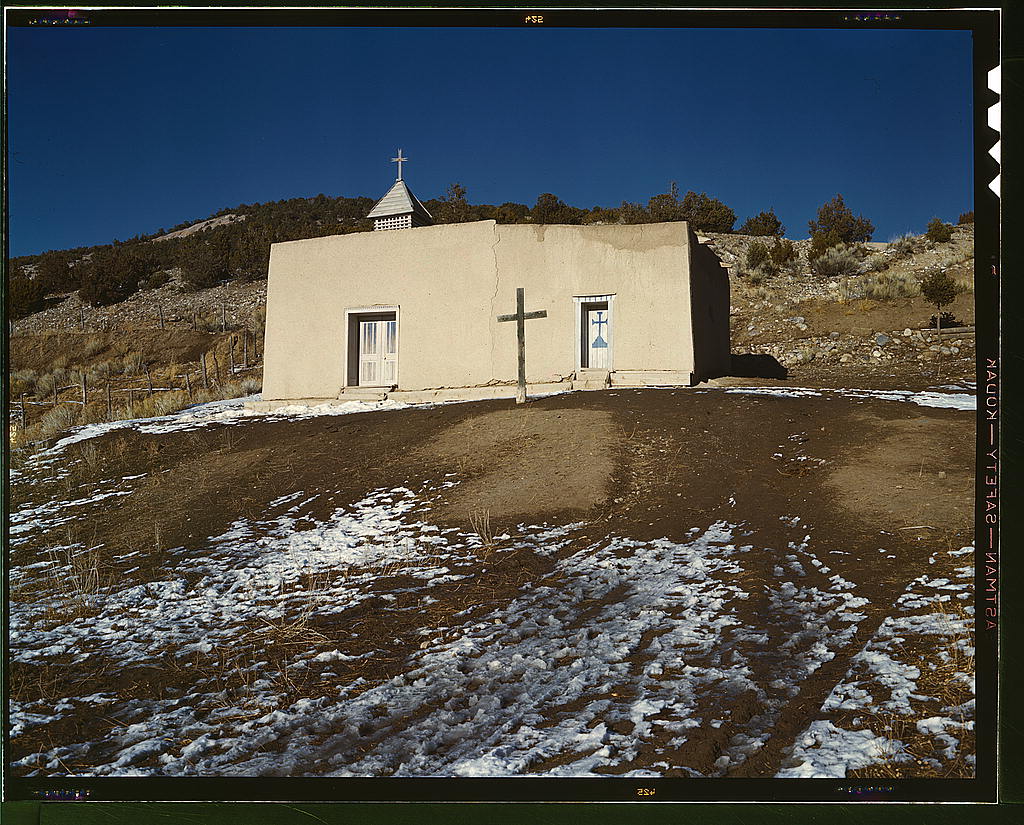
Chapel, Vadita, near Penasco, Taos County, New Mexico
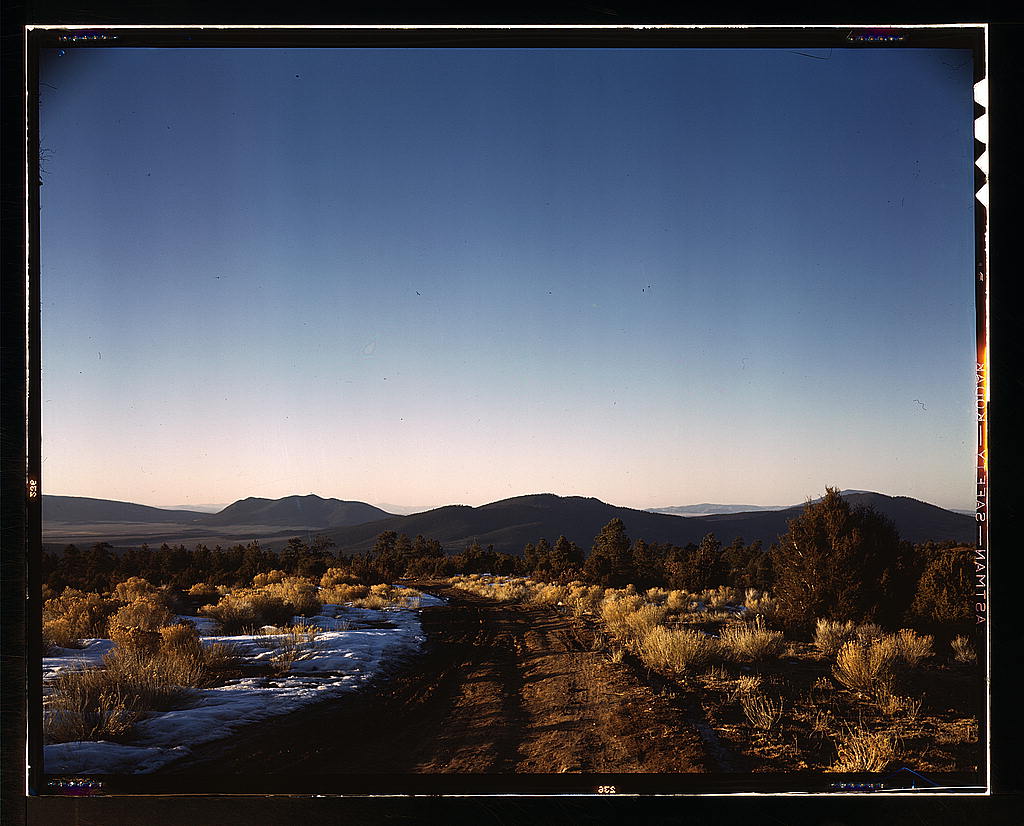
Vista westward over the Rio Grande Valley from the foothills of the Sangre de Cristos, near Questa, Taos County, New Mexico
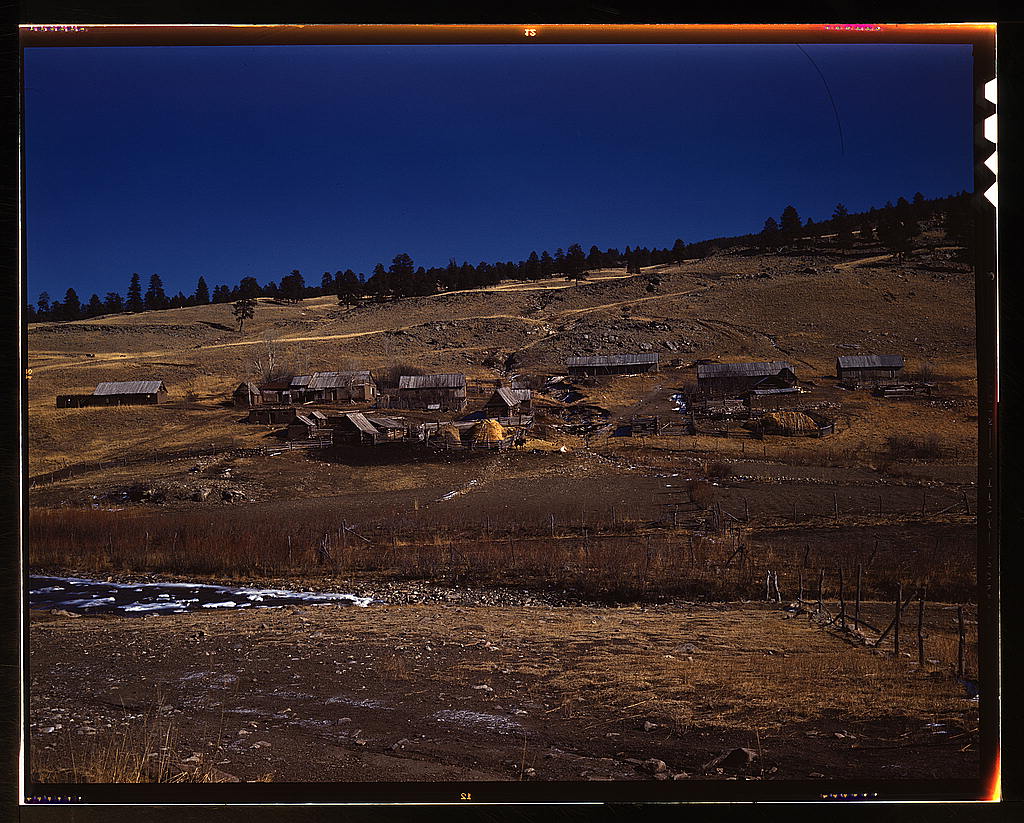
Romeroville, near Chacon, Mora County, New Mexico
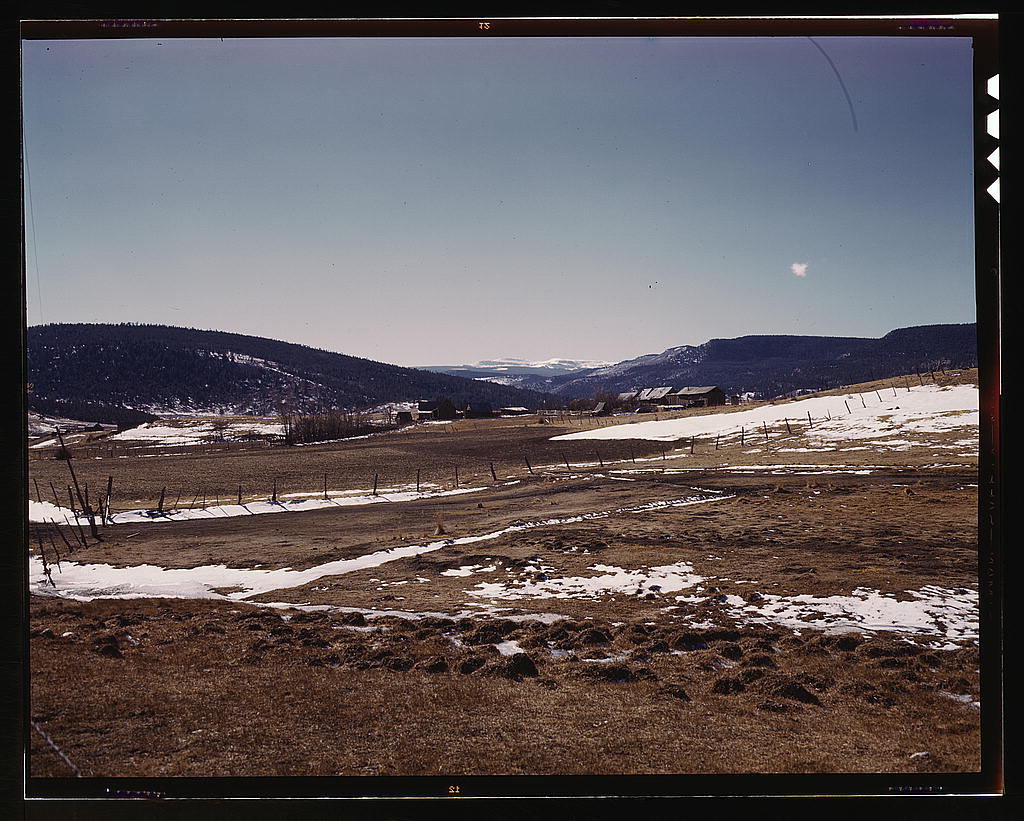
Valley of Chacon, Mora County, New Mexico
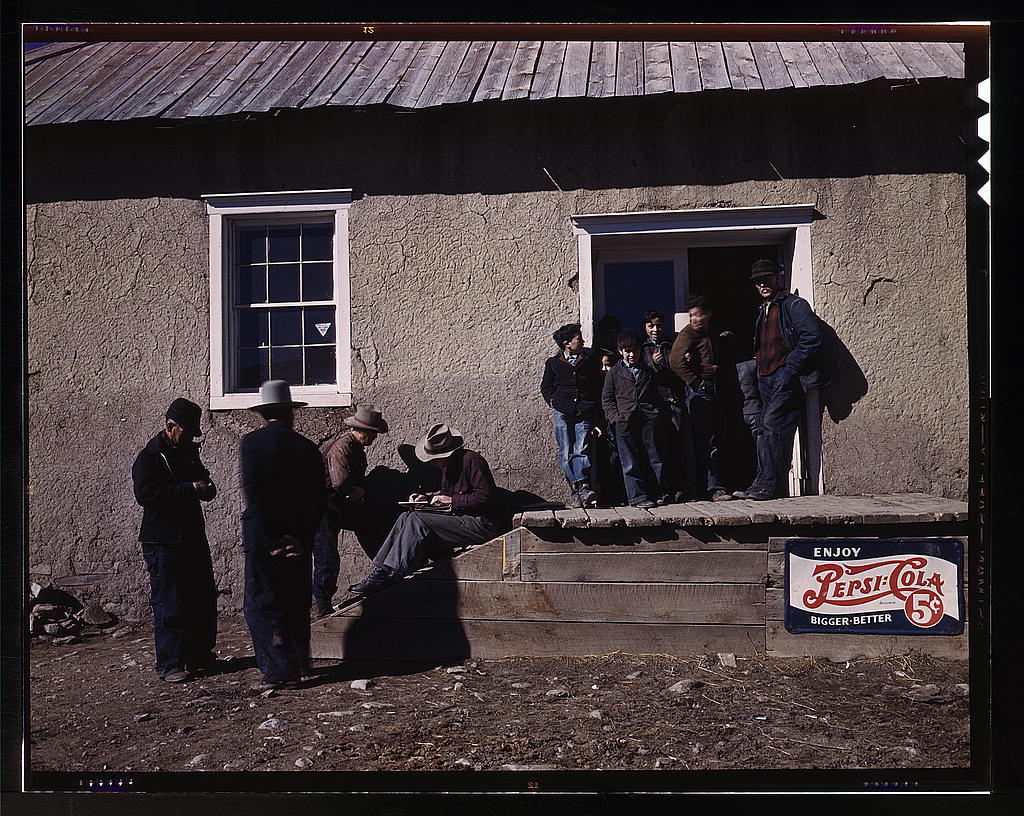
General store, Chacon, Mora County, New Mexico
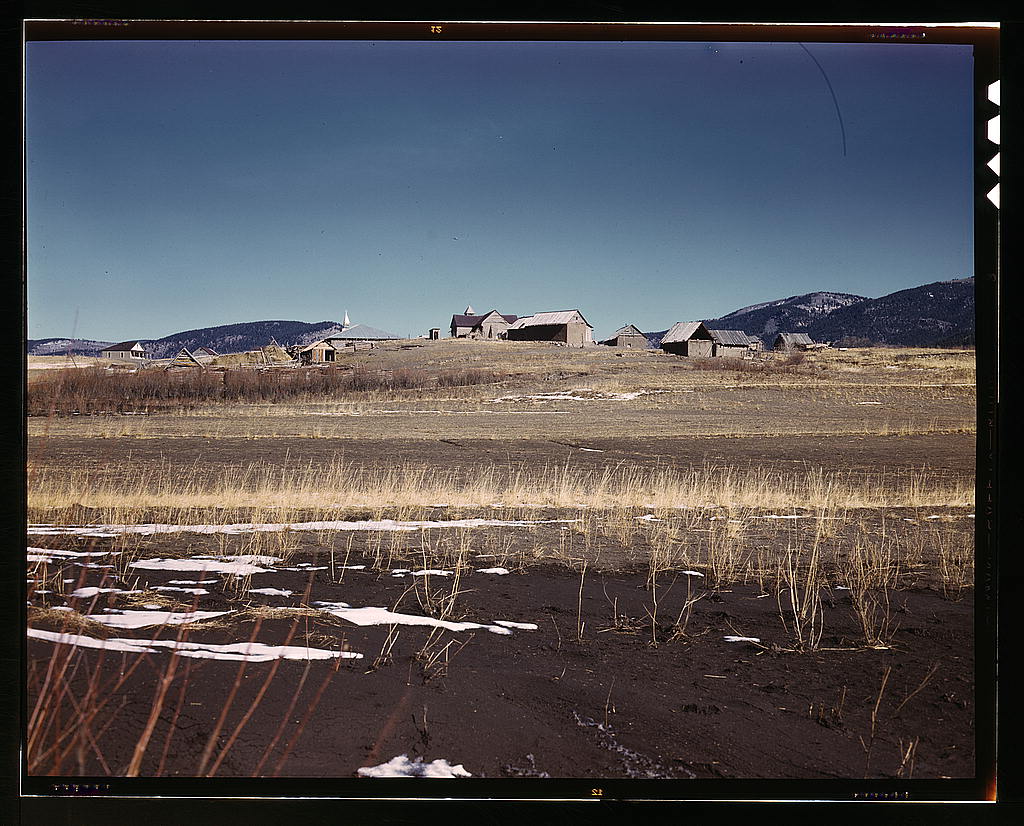
Chacon, Moro County, New Mexico
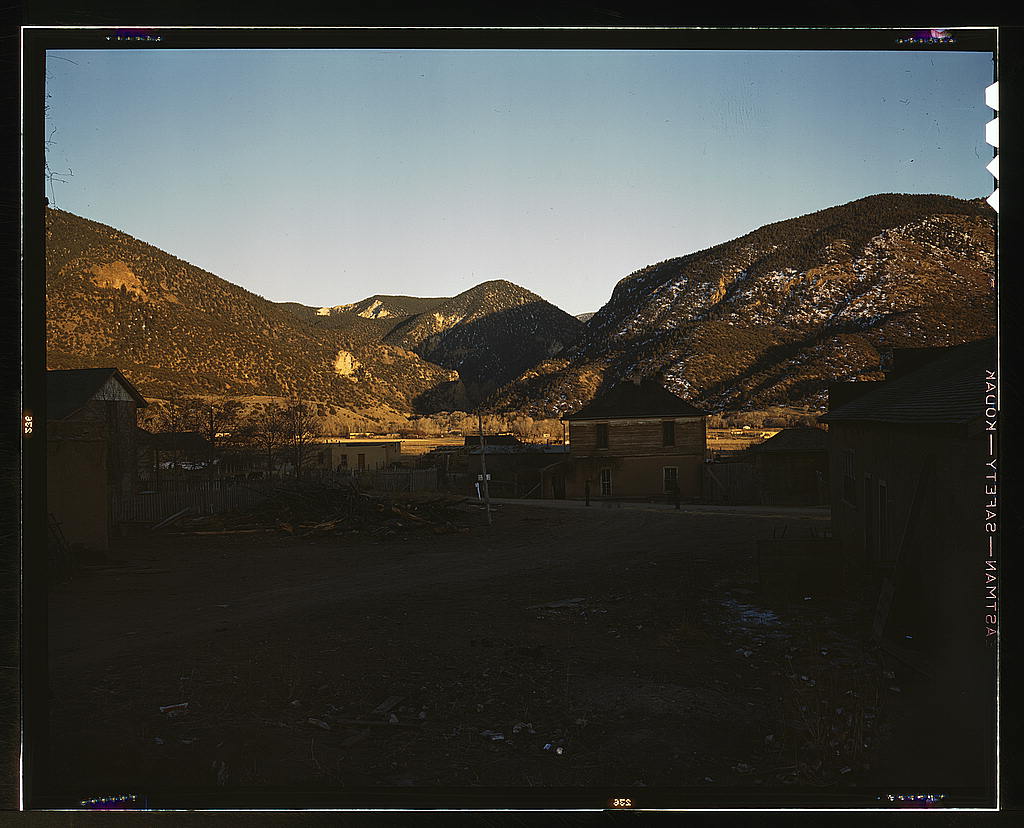
Questa, Taos County, New Mexico

General store near Questa, Taos County, New Mexico

Village of La Alama, near Questa, Taos County, New Mexico

La Alama, near Questa, Taos County, New Mexico
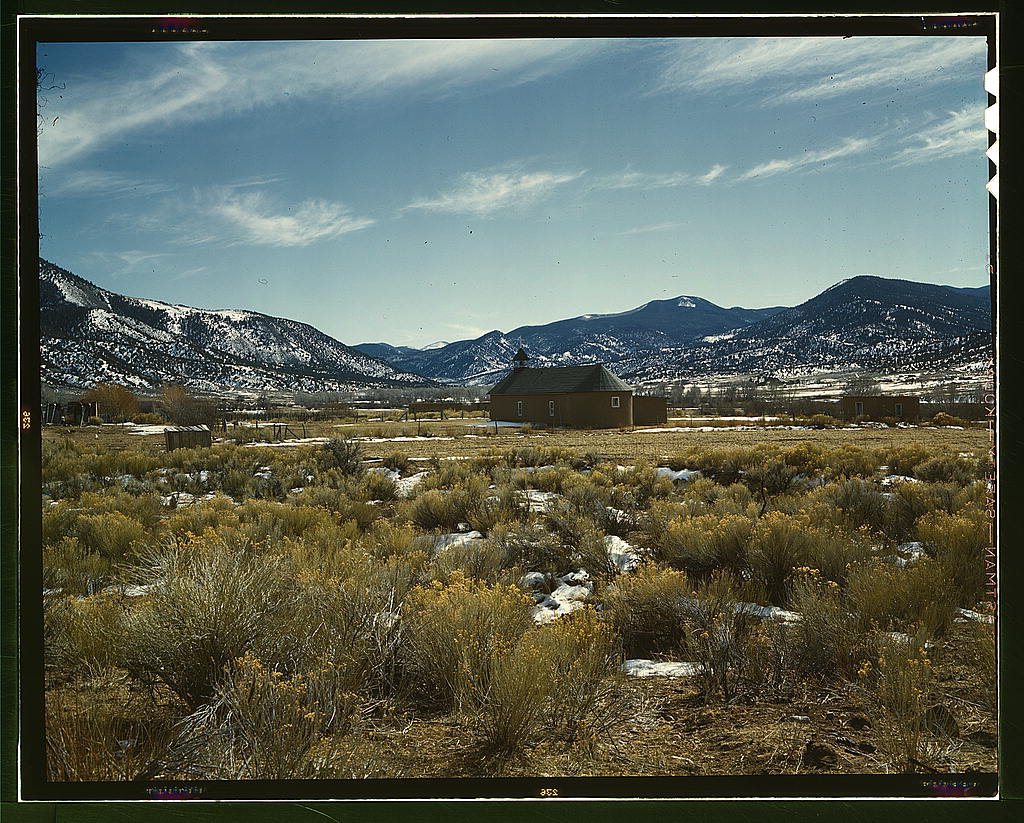
Cerros, near Costilla, New Mexico
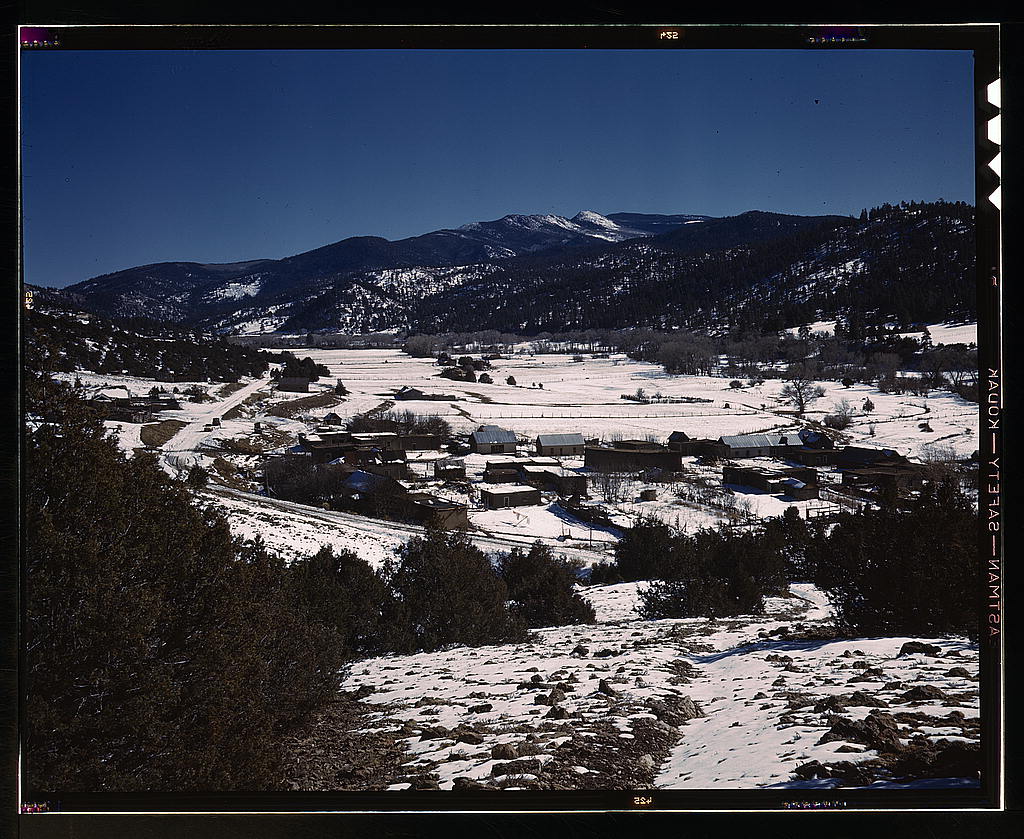
Placita, New Mexico, on the Rio Pueblo
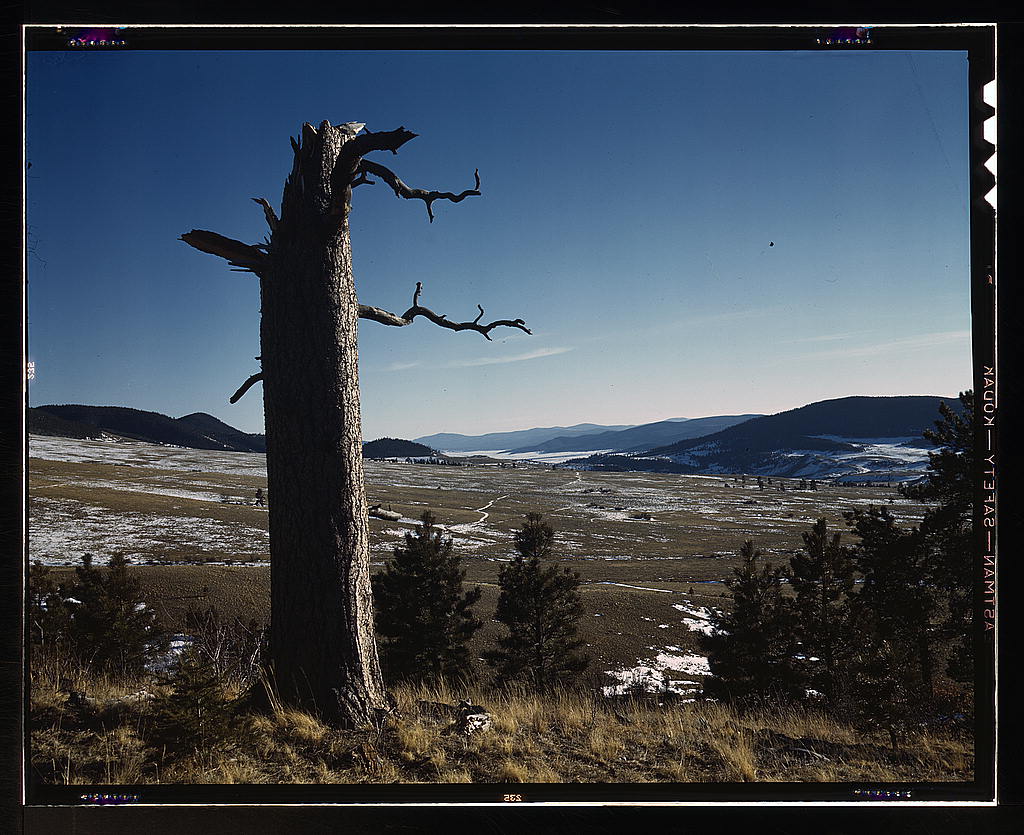
Moreno Valley, Colfax County, New Mexico

Mountains in northern New Mexico

View of the church, Trampas, Taos County, New Mexico

Trampas, Taos County, New Mexico. A Spanish-American village in the foothills of the Sangre de Cristo Mountains, Trampas dates back to 1700 as a sheep-raising center. Due to the over-grazing and loss of range title, its inhabitants now work as migratory labor and at subsistence farming
> 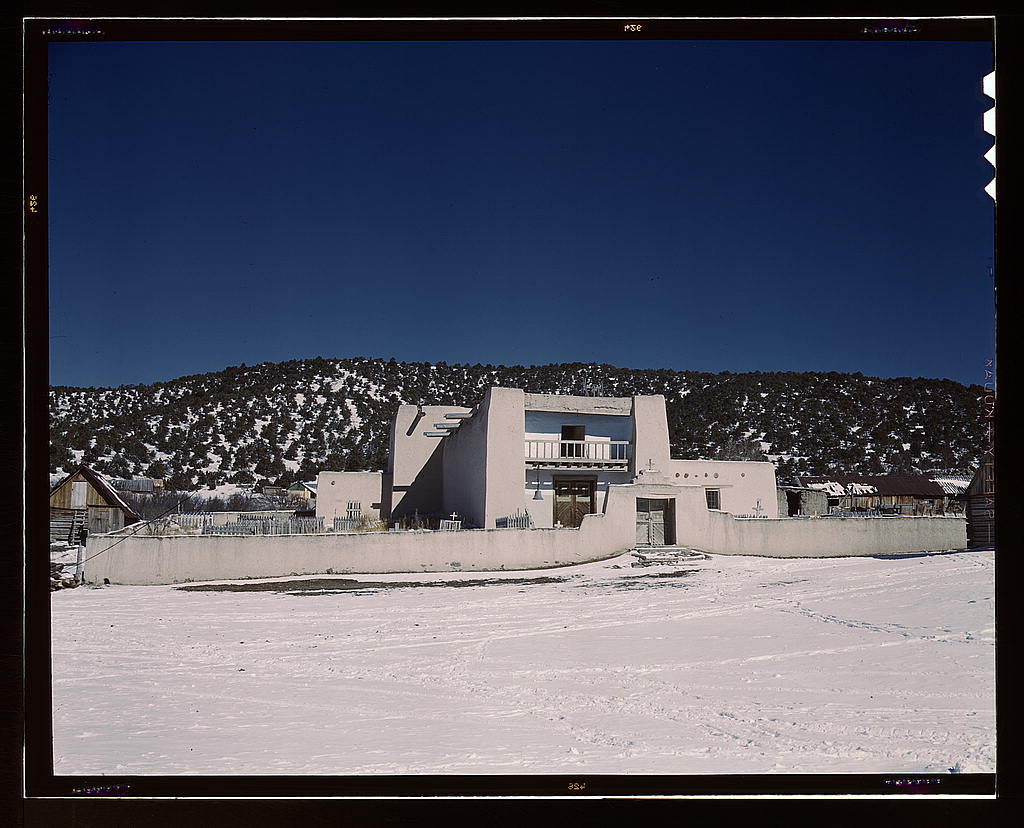

View of the church, Trampas, Taos County, New Mexico

The main altar in the church, Trampas, Taos County, New Mexico. There are paintings on the wall behind the altar

A Santo bulto and a painting of the Dolorosa in the church, Trampas, Taos County, New Mexico
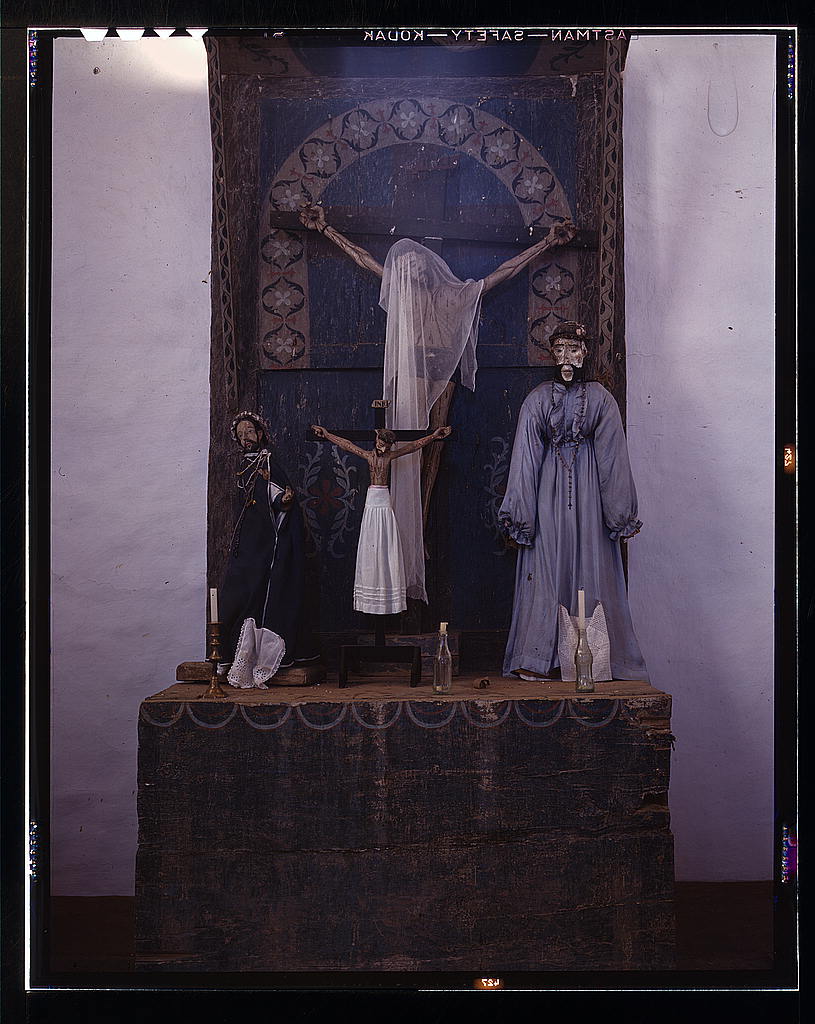 Altar in the church, Trampas, New Mexico. The prevailing colors are grey and blue. A Coca-Cola bottle is used as a candle holder
Altar in the church, Trampas, New Mexico. The prevailing colors are grey and blue. A Coca-Cola bottle is used as a candle holder


Side altar in the church, dedicated to the Virgin and to Santiago Matamoro. Trampas, New Mexico

Plaza of Trampas, Taos County, New Mexico

Trampas, Taos County, New Mexico

Sangre de Cristo Mountains, New Mexico

Looking north from the Sangre de Cristo Mountains above Penasco, New Mexico

Village of Placita, near Penasco, Taos County, New Mexico

Placita, near Penasco, Taos County, New Mexico

Placita, near Penasco, Taos County, New Mexico


Vista westward over the Rio Grande Valley from the foothills of the Sangre de Cristos, near Questa, Taos County, New Mexico

Romeroville, near Chacon, Mora County, New Mexico

Valley of Chacon, Mora County, New Mexico

General store, Chacon, Mora County, New Mexico

Chacon, Moro County, New Mexico

Questa, Taos County, New Mexico

General store near Questa, Taos County, New Mexico

Village of La Alama, near Questa, Taos County, New Mexico

La Alama, near Questa, Taos County, New Mexico


Placita, New Mexico, on the Rio Pueblo

Moreno Valley, Colfax County, New Mexico
JOHN COLLIER: I got interested in photography in the first place because of the fact that I had a career as a mural painter and an artist on the project under Dorothea Lange’s first husband, Maynard Dixon, a Western painter. And I decided to make that my career. For medical reasons I didn’t go to school and so I devoted myself to the fine arts. Then it became apparent that I had to find a place for myself in society and make a living and after a good many years of investing very deeply in both painting and writing I looked about for some means of exchange that would allow me to operate in society. I also was very disturbed because I was in the midst of the Great Depression and I was alarmed that the documentary material, particularly material that tended to be social propaganda, made very bad art. And I wasn’t at all pleased with painting as a medium for expressing my intellectual feelings about society. So I decided to shift to a medium that was more articulate and I turned to photography because it seemed capable of being able to handle the problem of documentation and understanding without getting involved with a decadent level of fine art. Also photography was a needed commodity, people needed pictures; they did not need my painting nor my writing. And under the pressure of the Great Depression I felt the necessity of contributing and being needed. And though I was an assistant on a mural on the WPA I didn’t feel it was an objective enough job. So I decided I should become some kind of a student of what was going on. Painting was no medium for this kind of introspective examination so I decided to go to my own cultural field, the Spanish Southwest where I had grown up, to try to work out some better understanding of Spanish-American culture. And the first project that I was involved with I prepared for by six months reading in the Bancroft Library at the University of California. I went into the Southwest and made a personally financed document on the Spanish-American sheep camp. And it was on the basis of this document that I was hired by Roy Stryker. I had shown the document to Dorothea Lange, and Dorothea Lange was a childhood friend of mine.
RICHARD DOUD: Oh really!
JOHN COLLIER: And I knew Dorothea Lange from the age of eight. She was not a child then, but I was. And Dorothea was my first introduction to the medium of photography, simply because she came to the family in Mill Valley to make a documentary portrait on assignment. And everybody was bored but me. So she made the document of me and turned it into the family, and so followed the assignment. So I knew Dorothea Lange, I was a photographer and knew about photography. After I had completed this document Dorothea Lange suggested that I send it to Roy Stryker along with other work. I sent it and forgot all about it. Maybe months went by and I ended up with one photographic job after another, finally reaching the bottom being a printer for Gabriel Milan’s, a very cutthroat photographic company in San Francisco. And I didn’t do well. One time a phone call came into the laboratory from Washington, D.C. And there was much excitement in the laboratory, and I was called out of my little dungeon where I was tinting gold-toned baby portraits and picked up the phone and couldn’t hear what the man said, having lifelong hearing difficulty. It was Roy Stryker on the phone, so I handed the phone to the nearest person, who was the boss. And the boss listened and he said, “There’s a crazy guy in Washington, D.C. who wants to pay you $2,300 a year. You’d better take it because I’m going to fire you.” So I took up the phone and I said, “Yes.” I didn’t hear anything else that he said, and immediately prepared to leave for Washington, D.C. But this was the climax of the concern that I had to do something about direct analysis and observation about what was going on around me at the time of the Great Depression.
RICHARD DOUD: Well, had you been aware of what Stryker and his people were doing before this?
JOHN COLLIER: Vaguely. But I was more aware of what people like Pare Lorentz had done on “The River” and “The Plow that Broke the Plains.”
RICHARD DOUD: Yes. But photography for you was sort of a rational approach to something, I mean it wasn’t an emotional type thing.
JOHN COLLIER: It seemed the right medium for somebody who wanted to go out and look astutely at what was going on around him. Painting did not seem to be the medium; writing could be the medium; but photography was more immediate.
RICHARD DOUD: Yes. Well I’m interested in what your impression was of this operation when you did go to Washington. Did this seem to be the kind of thing you had in mind, the type of thing you wanted to do, or –?
JOHN COLLIER: Well, I got to Washington and I met many stimulating people. Roy himself was extremely stimulating; naturally the file was very impressive. And I was ready at once to leave for the Southwest. It never occurred to me that I would work anywhere but in my own country. I had no feeling for the East; I didn’t like it, it was wet and dirty, cold, uninteresting as far as I was concerned.
RICHARD DOUD: It still is.
JOHN COLLIER: And I still wanted to get back West as fast as I could. And Roy wouldn’t let me go; he hung on to me and I did an awful lot of standing around. And finally it became clear to me that I wasn’t going to get back to the West, and I never got back to the West.
RICHARD DOUD: Oh really?
JOHN COLLIER: And the work I did for Stryker was – I made one major field trip to New England and then I started off on a very serious assignment of documenting the Amish in Pennsylvania. It started to go very well. It might have been a very important document, but the war interrupted it, unfortunately. I was working from the outside in, and had gone about it very systematically, working in the periphery of the Amish culture and finally making friends and photographing those elements of the life that were permissible. I had developed a very great rapport and was beginning to work on the personality factors of their lives when I was shunted off to a shipyard in Newport News to photograph building a battleship. This abruptly ended my activity as far as documenting that which I was most concerned about, with man’s relationship to his environment. I made a few interesting studies under the OWI including the Portuguese in Provincetown. It was a great deal of fun, but there were pressures. It was strictly a magazine-type job study. It did not involve the meandering, fulfilling effort that had been the character of FSA projects in the past. Finally, I was sent to the coal fields of Pittsburgh, not that there were any documents to show poverty, but to photograph the most modern way to get coal out of the ground. And I spent a murky month in Pittsburgh working in the coal mines doing a highly technological job of recording culture underground. It was a very exciting experience. It still was far afield from my involvement. I preferred that assignment; it was a truly typical one, an exciting one. And then I finally got an assignment to go West. The Office of War Information was concerned to get a record of the American Indian, and I had a sort of rapport in the Southwest so I went out primarily to record the democratic processes of the Pueblo Indians. Fortunately, it went the way of most Farm Security Projects; Roy quickly lost track of what I was doing and I went ahead and finally did a Farm Security-type job for him. The Indians weren’t the least bit intrigued at having their lives photographed at any point, even though I had a lifelong friendship with the Pueblo Indians at Taos. They promptly rejected any part of making a democratic record of their processes. So I never did make it. But at the same time there were important Farm Security Administration projects in Taos County, which included a very important medical cooperative in Cluny; a very typical wartime project under the farm Security Administration. I got permission to do a depth study of the project and they wanted me to do an even deeper project of the Spanish-American culture, so probably the only contribution I made to the files that was anything but industrial was the study of Spanish-American culture. It’s unique and stands out. Of course, I studied religion, the role of the Catholic priest, the role of the family, the role of the storekeeper; I made a complete study. There was nothing else like it in the file. But it was made long after the Farm Security had folded. It was a bootleg project. And after I got back from that project I went into the Merchant Marine. And that was the end of my relationship with the government.
Excerpt from an interview with John Collier at his home in Sausalito, California, conducted by Richard K. Doud, 18 January 1965 (Archives of American Art, Smithsonian Institution)
Photos by John Collier, Spring 1943 (Farm Security Administration/Office of War Information Collection, Library of Congress)

No comments:
Post a Comment